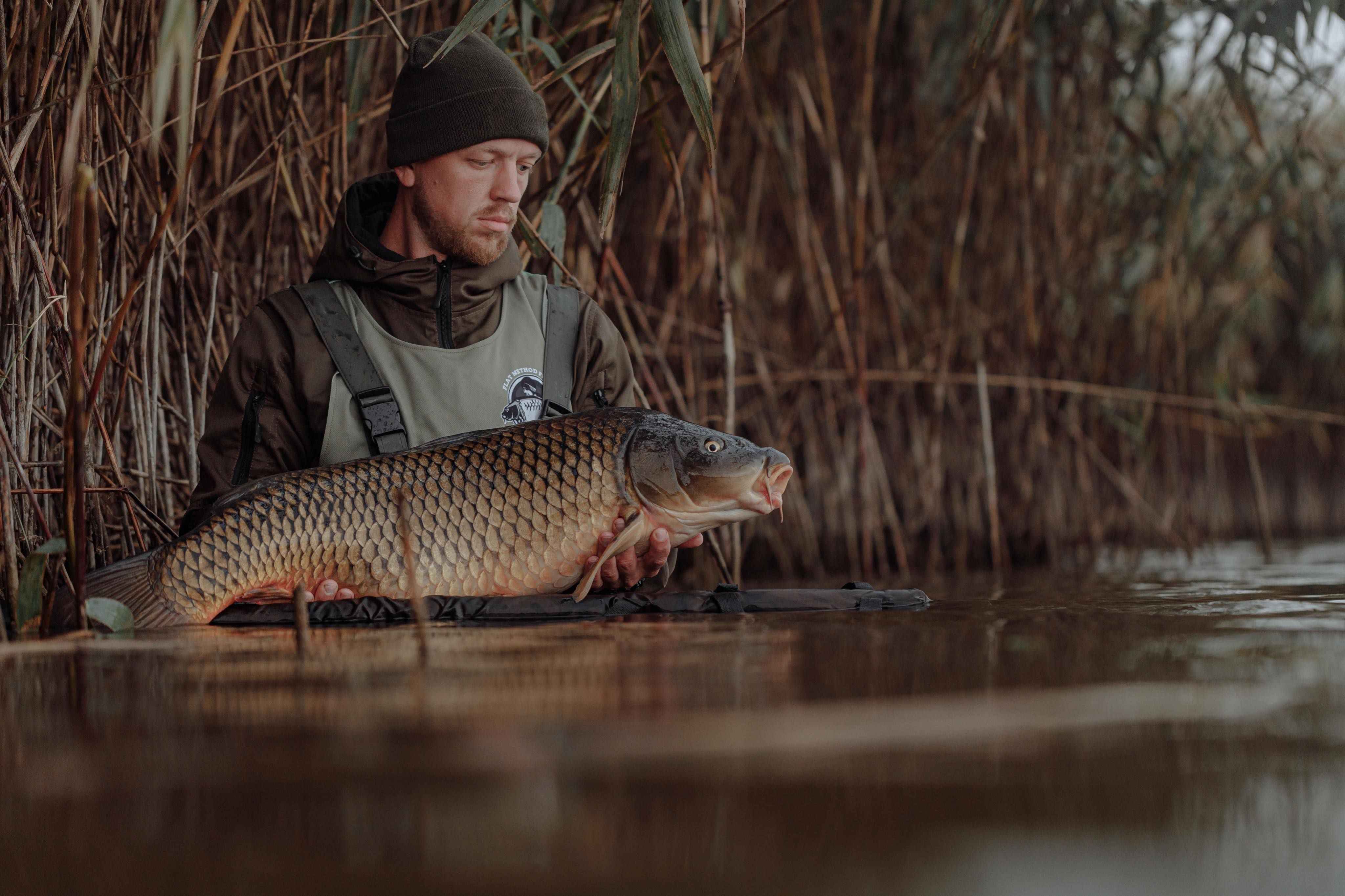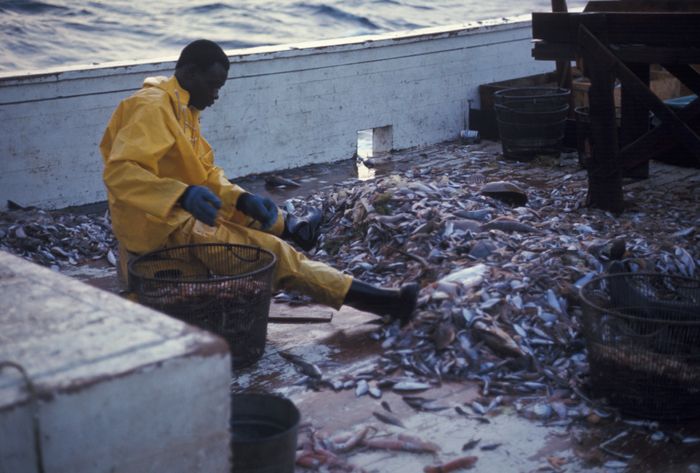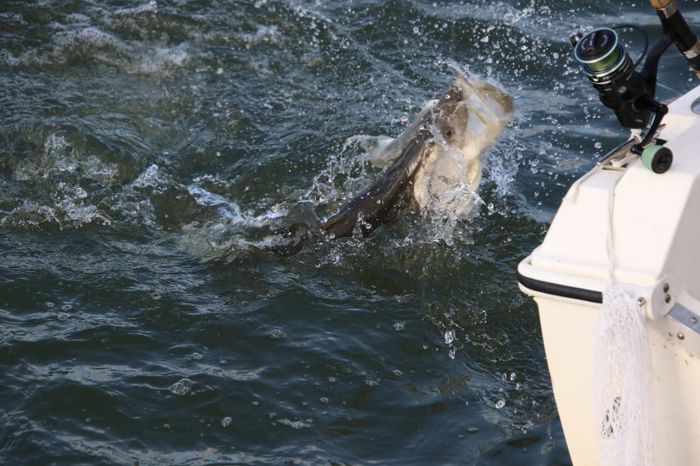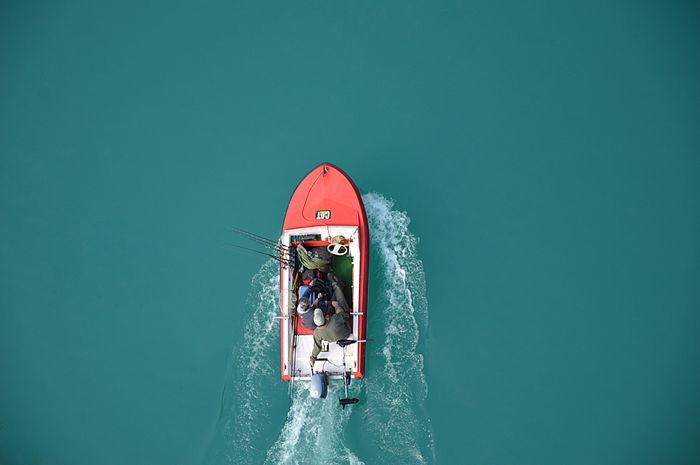How Catch and Release Fishing Helps the Environment
Catch and release fishing is the practice of unhooking the fish after you catch it, with the goal to keep more fish alive in the water in order to reproduce.

What is Catch and Release Fishing?
Catch and release fishing is the practice of unhooking the fish after you catch it and releasing it back into the water. The goal of this is to keep more fish alive in the water in order to live and reproduce more fish. This allows anglers to stull gain the thrill and excitement of the sport, while not harming the fish or its environment as much. Catch and release fishing actually dates back to the 19th century in Britain with the idea to help keep good fishing habits.
Overfishing has become a huge problem in our oceans, as the number of fish has drastically decreased. For centuries, humans have fished in the oceans and have relied on it. In modern times, people have created new technologies that allow them to catch an exorbitant amount of fish at a time, severely depleting the supply of fish left in the oceans. This excessive fishing is shown to lead to environmental destruction and ecosystem collapse in our waters, having a major impact on the economy and livelihood of people and marine life.
Consequences of Overfishing

Some fish, in recent years, have been overfished to the point of near extinction, due primarily to industrial fishing. One example of this is Atlantic cod in the 1990s. The main cod fishery at the time near Newfoundland estimated that there was a drop in cod biomass of more than 99% due to overfishing. Ultimately restrictions were put in place and the Atlantic cod populations were able to replenish.

Mass reductions in the number of fish in our oceans, like the Atlantic cod, both affects social aspects of humans’ lives, but also the ecosystem of certain underwater areas. Due to lack of fish, the number of jobs in the fishing industry can drop drastically. This has large impacts on the economy and the livelihood of people who rely on this industry for their income. As well as effecting people’s lives, the decrease in number of fish can drastically affect the ecosystem. The Atlantic cod tends to eat smaller beings such as shrimp and snow crab. Without the cod being there as prey, there was a drastic increase in numbers of shrimp and snow crab off of the coast of Newfoundland. The lack of the Atlantic cod would also affect the numbers of larger fish and sharks that prey on the cod. Without the cod, they would have much less to feast on. With the increase in number of smaller crustaceans and decrease number of larger fish and sharks, the decrease and near extinction of Atlantic cod had a large impact on the ecosystem. This phenomenon not only applies to Atlantic cod specifically, but also other fish were overfishing to happen to a different species.
As well as overfishing is not good for the ecosystem, a term called ‘ghost fishing’ can be very dangerous as well. This term refers to when fishing gear gets lost in the water and can continue to kill fish even after the anglers are gone. For example, abandoned nets and commercial fishing gear like crab pots can cause hazardous conditions for fish for years after they're lost.
Even though these issues are generally more for a larger scale incorporations, when we take individual fish out of their ecosystem, the effects can be similar in the way they damage it. Even on a smaller scale it could help the environment and underwater ecosystem the fish live in by releasing them.
Benefits of Catch and Release Fishing

It is shown that roughly 90 percent of fish that are caught and then released survive and roughly 30 billion fish annually are caught and then released around the world. Catch and release fishing, since it shows low mortality rates if done correctly, is a good alternative when you want to go fishing. This type of fishing helps to keep fish populations high and allow for them to regenerate. This ensures a stable ecosystem. By not killing or causing extreme damage to the fish, they may be able to reproduce and keep a healthy number of fish in the environment. Like the Atlantic cod, this is important for maintaining a level of balance with the levels of crustaceans that the cod eats, as well as the larger fish and sharks that feed on the cod. By having a balanced ecosystem, it allows for population control, but overfishing can lead to restocking waterways which can be very expensive.
Preserving these ecosystems can help keep well-balanced food webs, which would be more able to adapt to climate change, as well as the current extinction crisis and other major disruptions. This is especially important as the ocean temperatures rise and oceans and waterways become more polluted.
As well as maintaining a level of balance within the ecosystem, it also can be healthier for us not to catch, kill, and eat the fish. If the fish is not regulation size, you can risk catching them when they are too young and you can’t reap as many benefits, as they would continue to get bigger if you let them back in the water. However, if a fish is too old it has had time to collect more chemicals like mercury as well as pollutants. By releasing these old fish, anglers can save themselves from consuming these harmful toxins. By sticking to catching regulation size fish, as well as releasing the ones that are too big or too small can help both the environment as well as people’s wellbeing.

Techniques to do Catch and Release Fishing Successfully

First and foremost, choosing the right equipment before you start fishing is key. For example, some hooks are better for hook removal, like circle hooks, barbless hooks, or hooks with crimped barbs. These are shown to increase survival rates of fish. Using non-stainless steel hooks is also important for decreasing mortality rate of fish because they will corrode and fall out over time, in case the hook gets stuck in the fish before the release. This differs from stainless steel hooks that do not break down easily and would continue to be sharp and painful for the fish and other wildlife. Using a de-hooker tool can be helpful to minimize trauma to the fish and make it easier to release the fish without taking it out of the water. Finally, using a knotless mesh or rubber landing net is better for the fish than using your hands and avoid playing fish to exhaustion. This minimizes the harm to the fish’s scales, fins, eyes, and its protective mucus coating.
Handling the fish gently is key to its survival. Keeping the fish in water while dehooking it when possible is important, or minimizing the time it is out of the water for. A good rule of thumb is to not keep it out of water for more than 60 seconds. If the hook cannot be removed, make sure to cut the line as close to the hook as possible, in order to avoid choking. Finally, the way in which you hold the fish is also crucial to its survival. Avoid touching the gills and eyes, as well as do not hold the fish by its mouth alone, even though this is a quite popular way to hold it especially for pictures.
One of the main issues with catch and release fishing is that the fish can suffer from barotrauma if they are caught at a great depth. This means that gas can accumulate in their bodies and can make it nearly impossible for them to swim back down to their ideal depth. Another rule of thumb is that a fish that was caught deeper than 30 feet will likely suffer these effects and it is even more important for those fish to be handled with care. Characteristics of barotrauma include sluggish swimming, bulging eyes, stomach projecting through the mouth, as well as bloated stomach and lifted scales. Some ways to help fish suffering from barotrauma is to release it as deep as you can quickly using recompression tools, as well as placing the fish facing the current to allow the flow to re-oxygenate and stabilize the fish before letting it go is a good practice.




